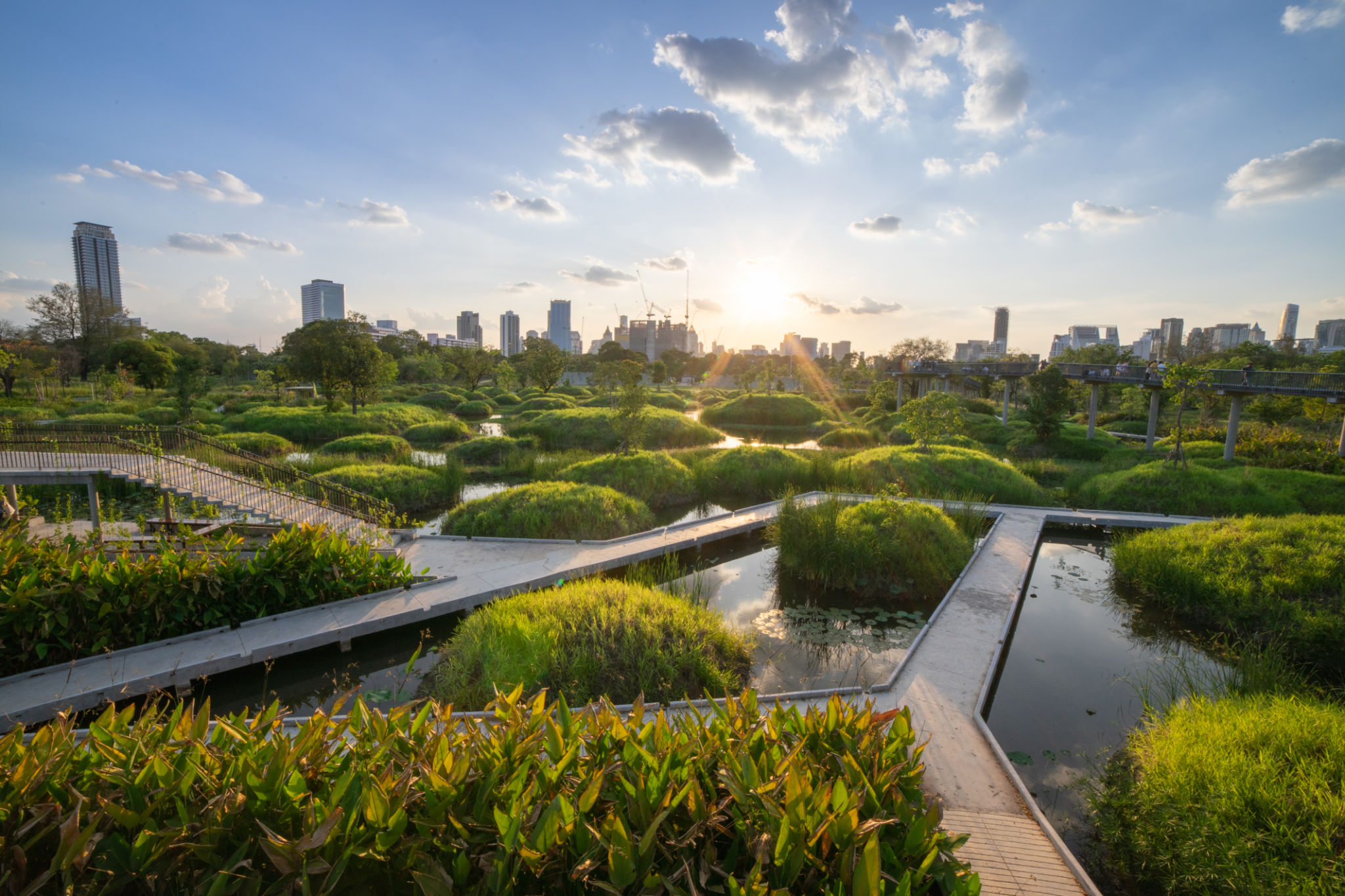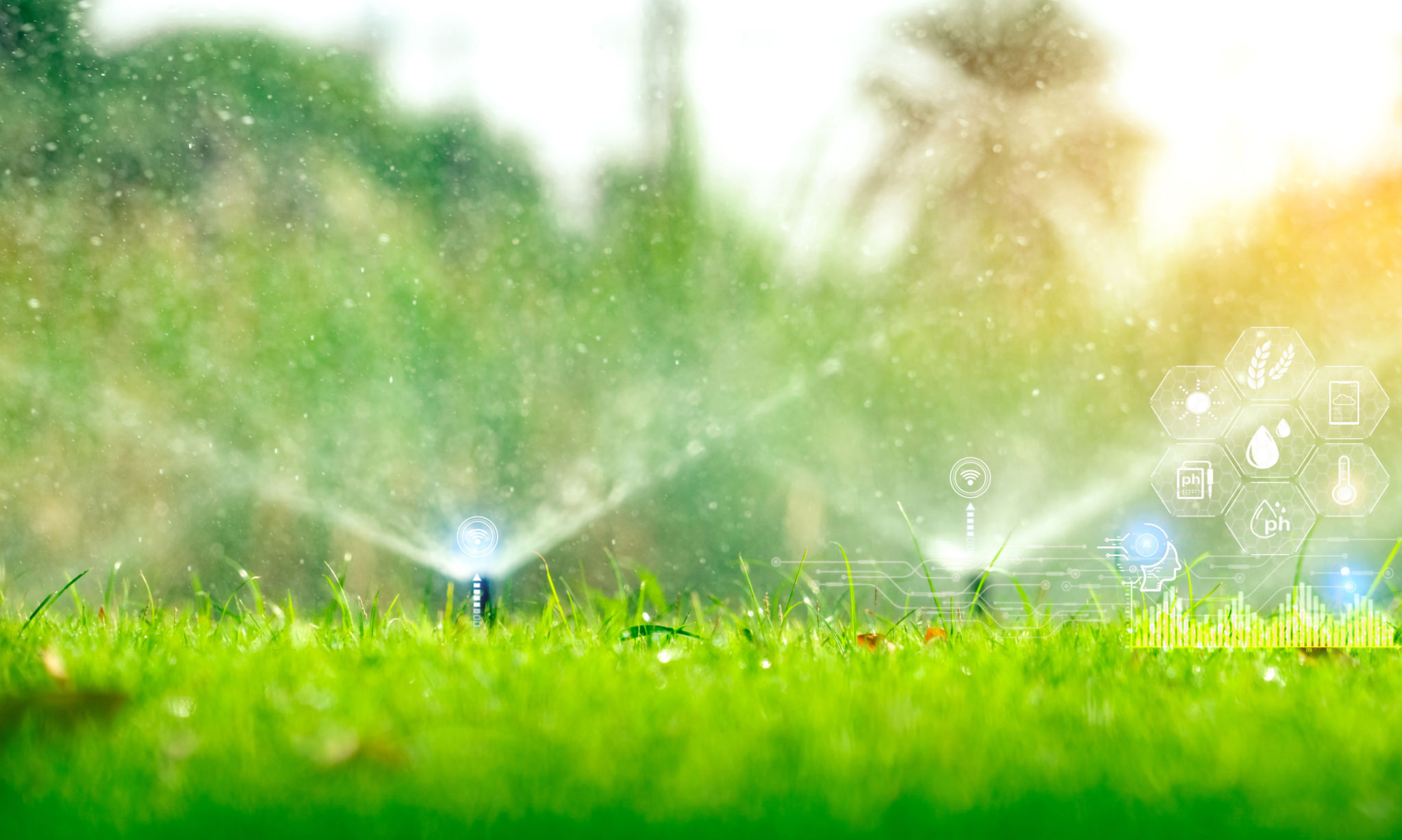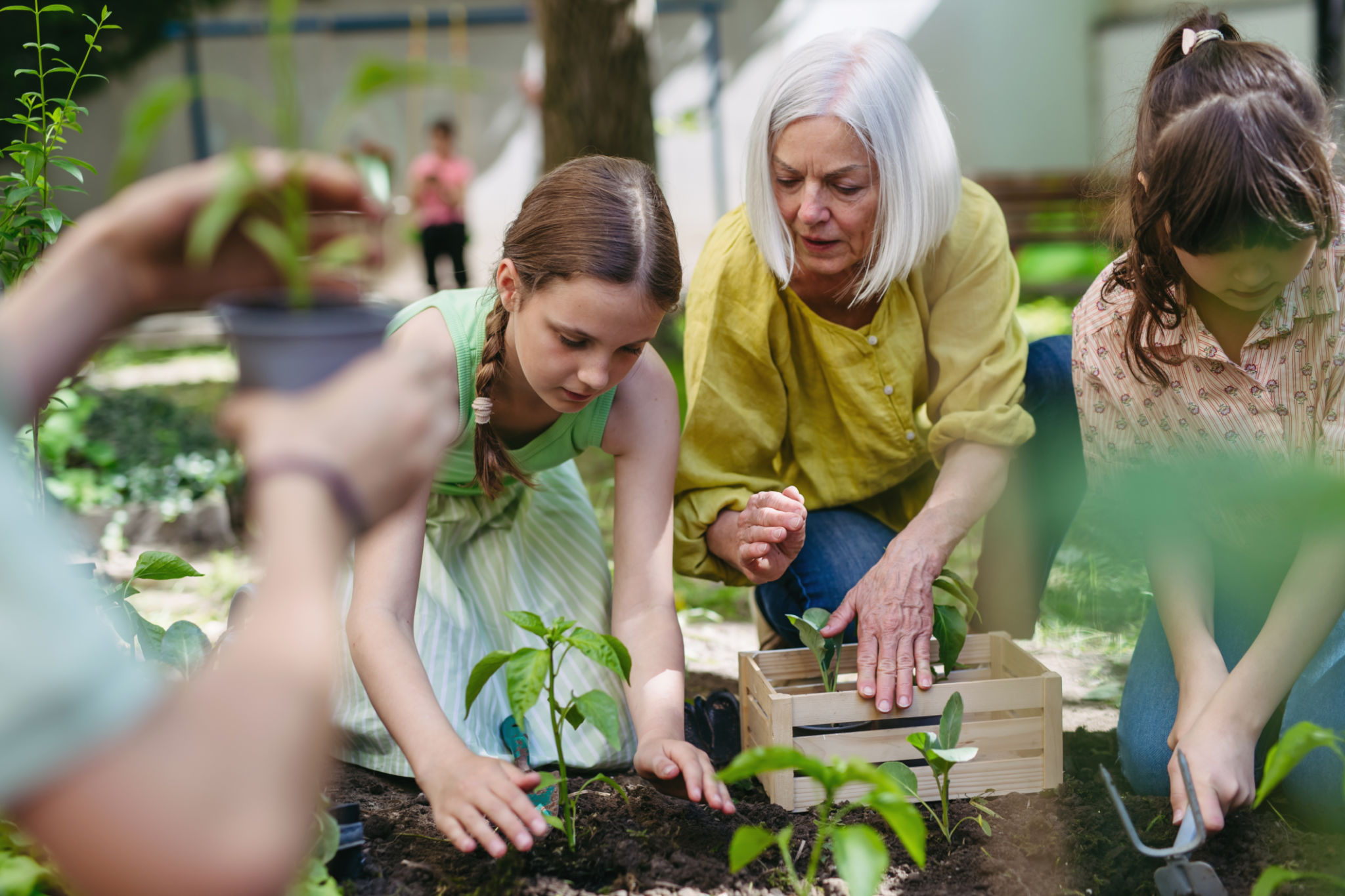Expert Insights: The Future of Sustainable Landscaping in Urban Areas
Introduction
As urban areas continue to expand, the importance of sustainable landscaping is becoming increasingly evident. With environmental consciousness on the rise, cities are looking to integrate green spaces that not only beautify urban settings but also contribute positively to the ecosystem. Urban planners and landscaping experts are exploring innovative ways to ensure these spaces are both sustainable and beneficial.

The Rise of Green Infrastructure
Green infrastructure is a key component in the future of sustainable urban landscaping. This approach includes the use of green roofs, rain gardens, and permeable pavements that help manage stormwater and reduce urban heat. By integrating these elements into city planning, urban areas can mitigate environmental impact while enhancing aesthetic appeal.
Moreover, green infrastructure supports biodiversity by providing habitats for various species within the city limits. This not only enriches urban ecosystems but also promotes healthier living environments for city dwellers.
Technological Advancements in Landscaping
Technology continues to revolutionize landscaping, making it more sustainable and efficient. From smart irrigation systems that conserve water to drones used for landscape analysis, technology is paving the way for more effective management of urban green spaces. These advancements allow for precise monitoring and maintenance, ensuring that resources are used optimally.

Moreover, technologies such as vertical gardening and hydroponics are being adapted for urban settings, allowing cities to maximize limited space while reducing their carbon footprint.
Community Involvement in Urban Greening
Community engagement plays a crucial role in the success of sustainable landscaping projects. By involving local residents in the planning and maintenance of green spaces, cities can ensure that these areas meet the needs of the community while fostering a sense of ownership and responsibility.
Programs that encourage urban gardening and tree planting initiatives not only improve the environment but also strengthen community bonds. As more people become engaged with their natural surroundings, the collective effort towards sustainability grows stronger.

The Economic Impact of Sustainable Landscaping
Investing in sustainable landscaping is not just an environmental decision but also an economic one. Green spaces can increase property values, attract tourism, and reduce energy costs by providing natural cooling effects. As cities recognize these benefits, there is a growing trend towards allocating more resources to green infrastructure projects.
Additionally, sustainable landscaping can create jobs in fields such as landscape design, horticulture, and environmental management, further boosting local economies.
Challenges and Opportunities
While the future of sustainable landscaping in urban areas is promising, challenges remain. Issues such as land availability, budget constraints, and climate change pose significant obstacles. However, these challenges also present opportunities for innovation and collaboration among urban planners, environmentalists, and communities.

By embracing a holistic approach that combines technology, community involvement, and strategic planning, cities can overcome these hurdles and create resilient, sustainable urban landscapes that benefit both people and the planet.
Conclusion
The future of sustainable landscaping in urban areas holds immense potential for transforming cities into greener, more livable spaces. As we move forward, it is crucial for stakeholders to work together in implementing strategies that prioritize ecological balance and community well-being. With continued innovation and commitment, urban landscapes can become models of sustainability for generations to come.